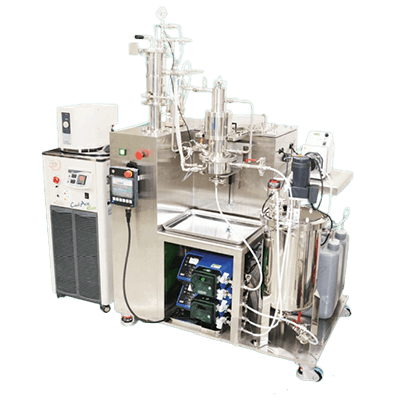What Is an Industrial Classifier?

Industrial classifiers are devices or machines used for sorting particles by size. They are integral in processes where materials consist of powdered substances with varying particle sizes, ensuring uniformity and consistency in size. Classifiers are utilized across numerous fields, such as pharmaceuticals, food production, polymer chemistry, and electronic components, where precision in particle size is crucial for quality and operational efficiency.
Uses of Industrial Classifiers
Classifiers play a vital role in aligning particle sizes in powdered products and materials, ensuring uniform product quality and adherence to specifications. They are particularly important in manufacturing processes where different types of particles are mixed to create new products or materials. Uniform particle sizes result in consistent mixing and product quality. In industries like pharmaceuticals, maintaining consistent particle size is essential for the effectiveness and quality of products like tablets.
Principles of Industrial Classifiers
Classifiers work by using various techniques to sort particles. Common methods include vibrating particles on a mesh to sort them by size, gravity classification, inertia classification based on particle falling speeds, and centrifugal classification balancing centrifugal forces with gas or liquid forces. Classifiers are categorized as either dry or wet, depending on whether they classify particles in air or a solution. Wet classifiers often employ centrifugal force, where a classification rotor sorts particles based on their size and mass, allowing precise control of particle distribution.
How to Choose an Industrial Classifier
When selecting a classifier, the primary consideration is whether a dry or wet system is appropriate, depending on the nature of the particles and the process. Dry systems are more prevalent in industrial settings, while wet systems are used for slurry particles. Various types of classifiers, such as gravity, finishing, and centrifugal classifiers in both dry and wet systems, offer different advantages in terms of precision, throughput, costs, and environmental conditions. The choice depends on the specific requirements of the material and process.